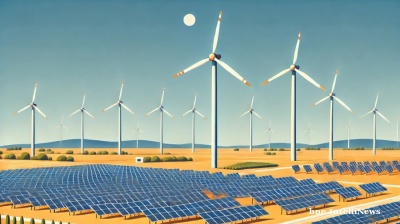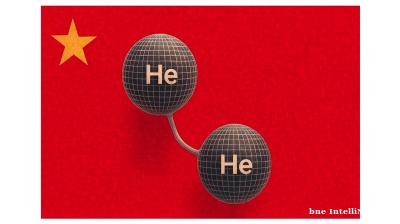US President Donald Trump’s escalating criticism of India’s energy ties with Russia risks undermining decades of diplomatic progress, according to senior officials and foreign policy experts, as tensions mount ahead of a new round of tariff increases.
Peter Navarro, the President’s trade advisor, accused India of “opportunistic” behaviour in a Financial Times column published on August 22, condemning New Delhi’s increased purchases of Russian oil since 2022. “India has become a key hub for re-exporting refined Russian energy products,” Navarro wrote, linking the rise to “outsized profits for Indian oil companies tied to the government.”
Following the start of Russia’s full-scale invasion of Ukraine, Moscow’s share of India’s crude oil imports surged to 37%, raising concerns in Washington about India’s strategic reliability. Navarro also cited India’s continued dependence on Russian defence exports — which accounted for 36% of its arms imports from 2020 to 2024 — as further evidence of drift from Western alignment.
In response, Indian officials pointed to perceived double standards, noting that the United States and its allies continue to trade with Russia. “The EU and Turkey still import Russian gas, and China continues to buy Russian oil,” a senior Indian diplomat said, adding that Washington had “unilaterally scrapped” trade talks without warning.
Tensions are expected to worsen following Trump’s decision to raise tariffs on Indian goods from 25% to 50% starting on August 27, citing the trade imbalance — which has reached $50bn annually — and New Delhi’s refusal to curtail Russian oil purchases. The Indian government has defended its actions, calling the measures “unjustified” and maintaining its right to secure affordable energy.
Analysts from the Carnegie Endowment warned that Trump’s aggressive approach “could unravel 25 years of efforts to strengthen U.S.-India ties.” Political pressure is also rising on both sides. In India, opposition leaders accuse the government of failing to stand up to Washington, while in the US, Republican lawmakers have intensified anti-India rhetoric.
Without a shift in policy, the strategic partnership could regress into symbolic cooperation, risking $130bn in annual trade and pushing New Delhi closer to Moscow and Beijing.
Russia and India have shifted over 90% of their bilateral payments to national currencies in an effort to reduce their exposure to the dollar and undercut US influence over their economies.
Deputy Prime Minister Denis Manturov announced that Russia and India have transitioned over 90% of their mutual payments to national currencies. A key priority now is ensuring the uninterrupted functioning of their settlement systems.
Manturov noted that trade turnover between Russia and India has grown nearly sevenfold over the past five years, with India now ranking among Russia’s top three largest foreign trade partners.
Russia continues to supply India with fuel, including crude oil, petroleum products, and coal, and sees strong potential for expanding exports of Russian liquefied natural gas (LNG) to the Indian market.



_1760463463.jpg)

.jpeg)

